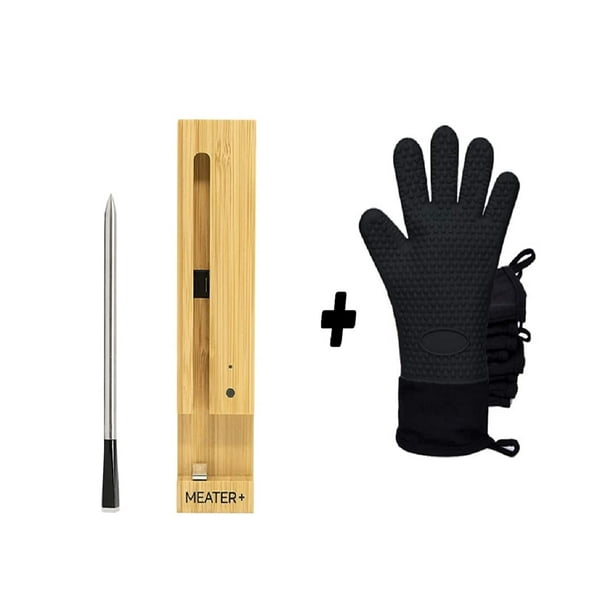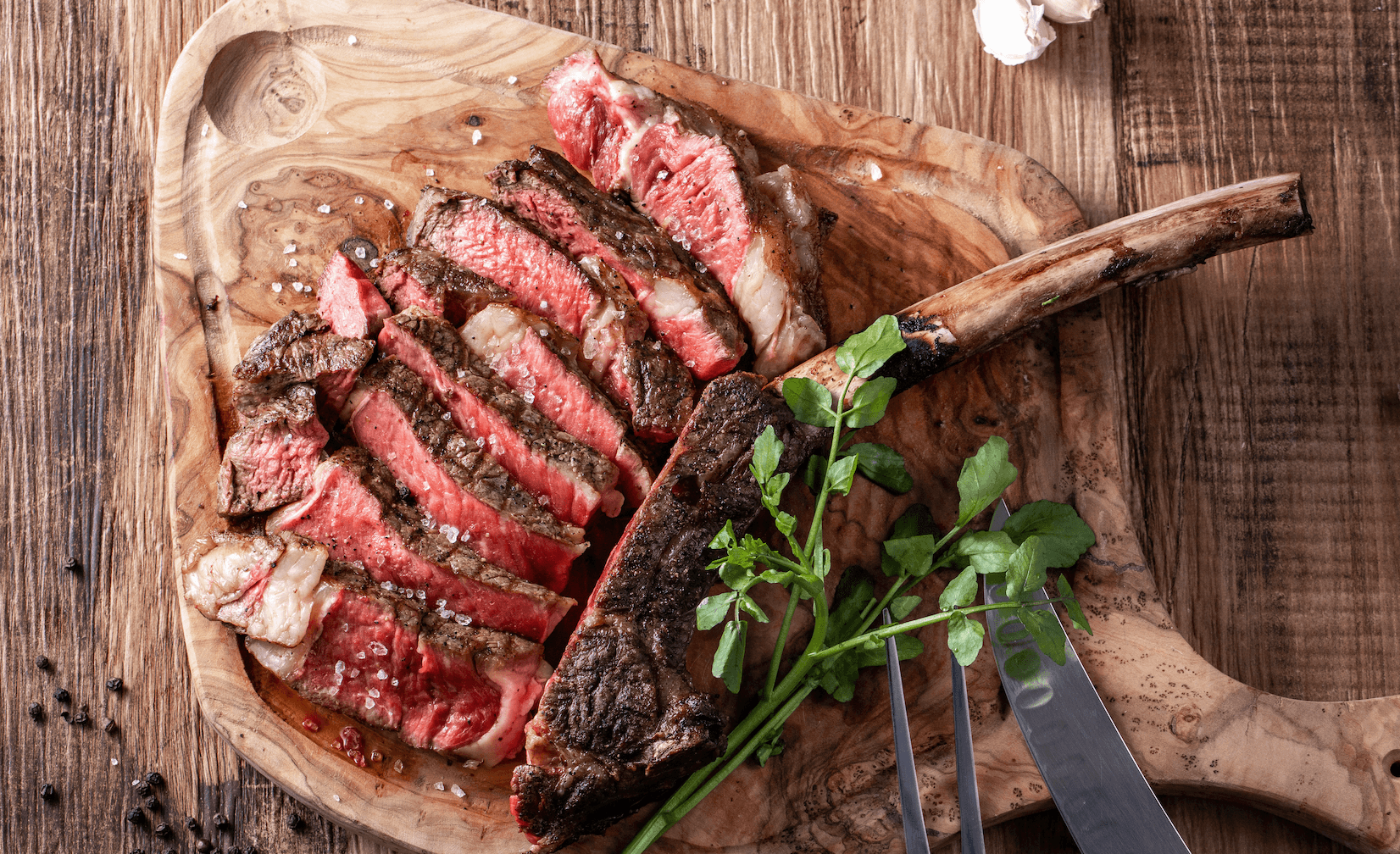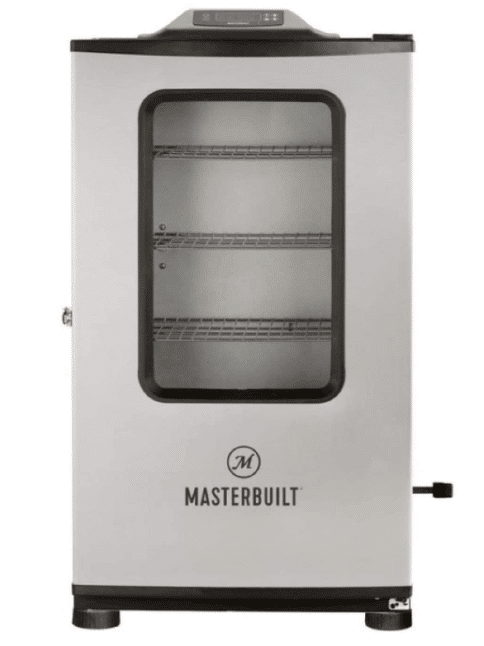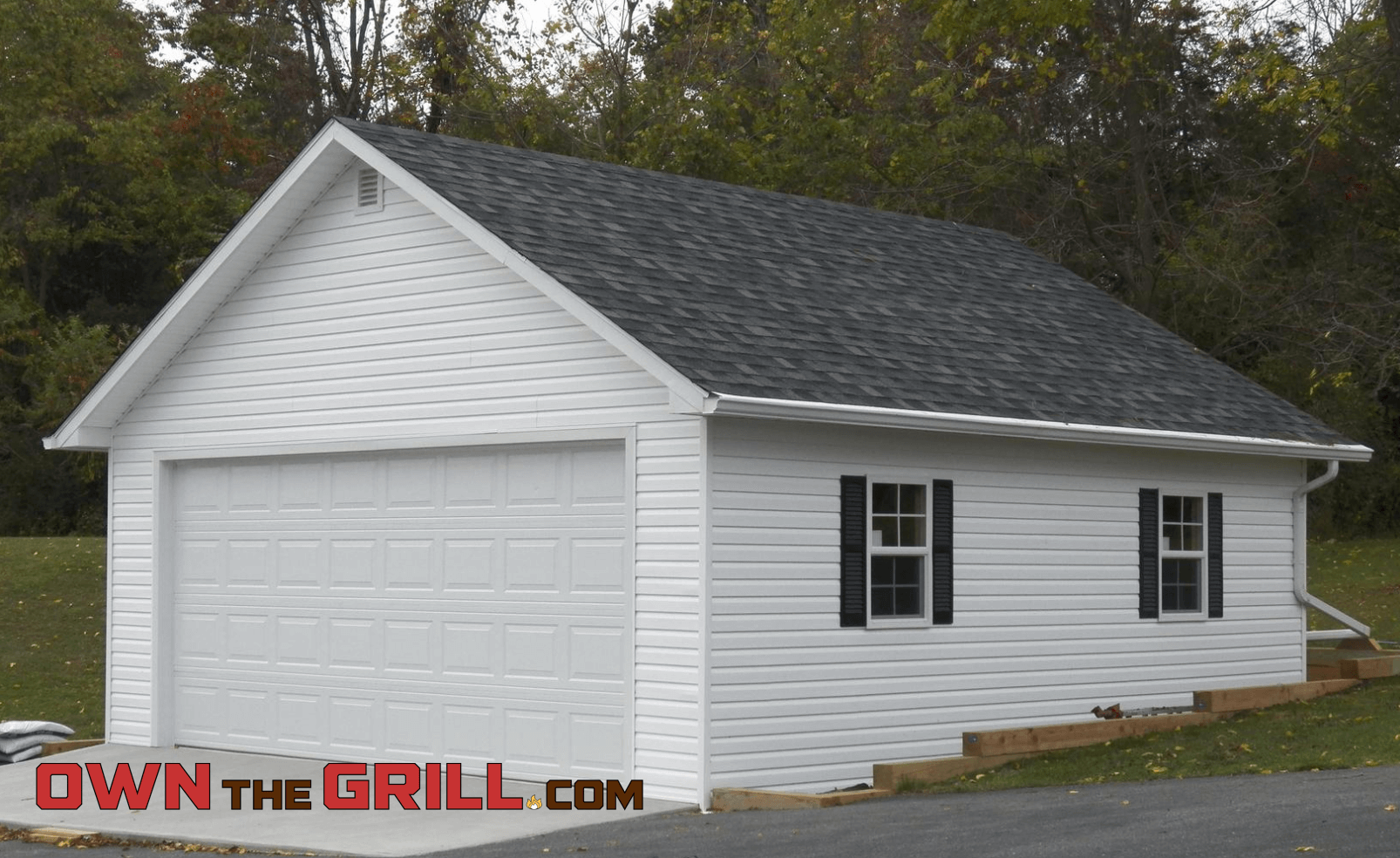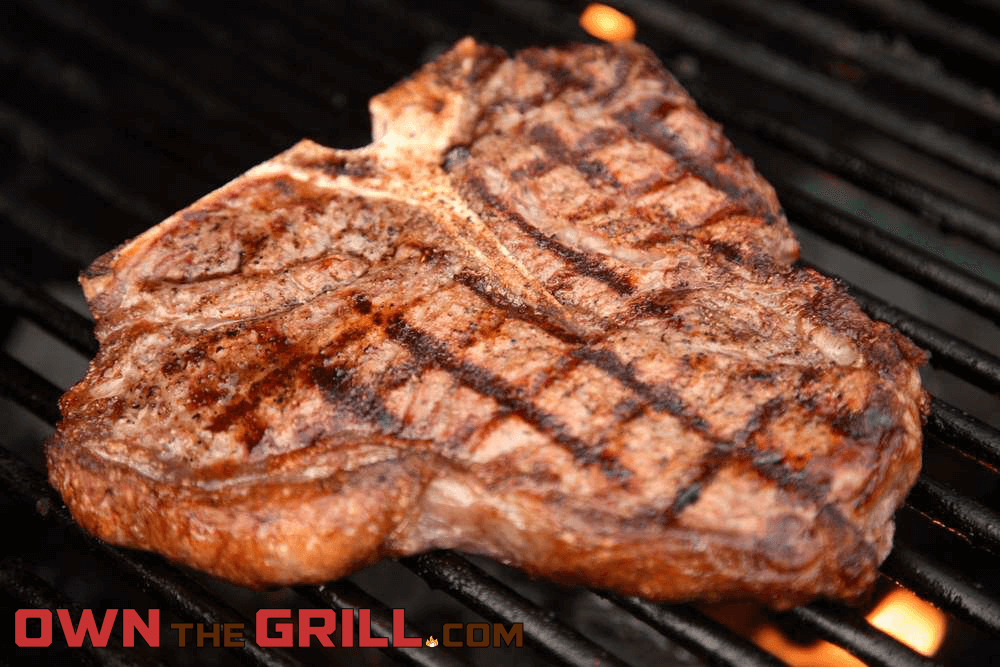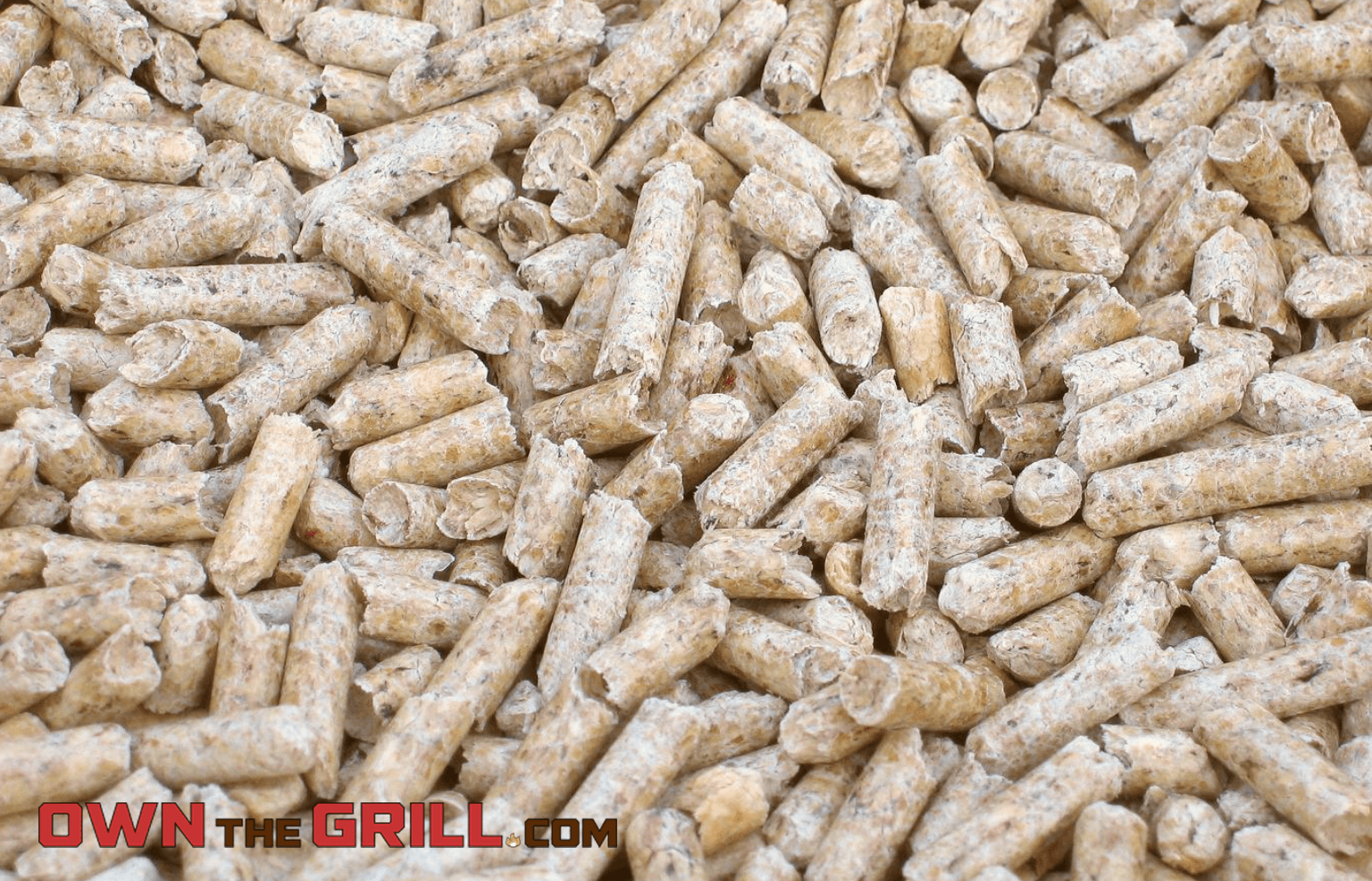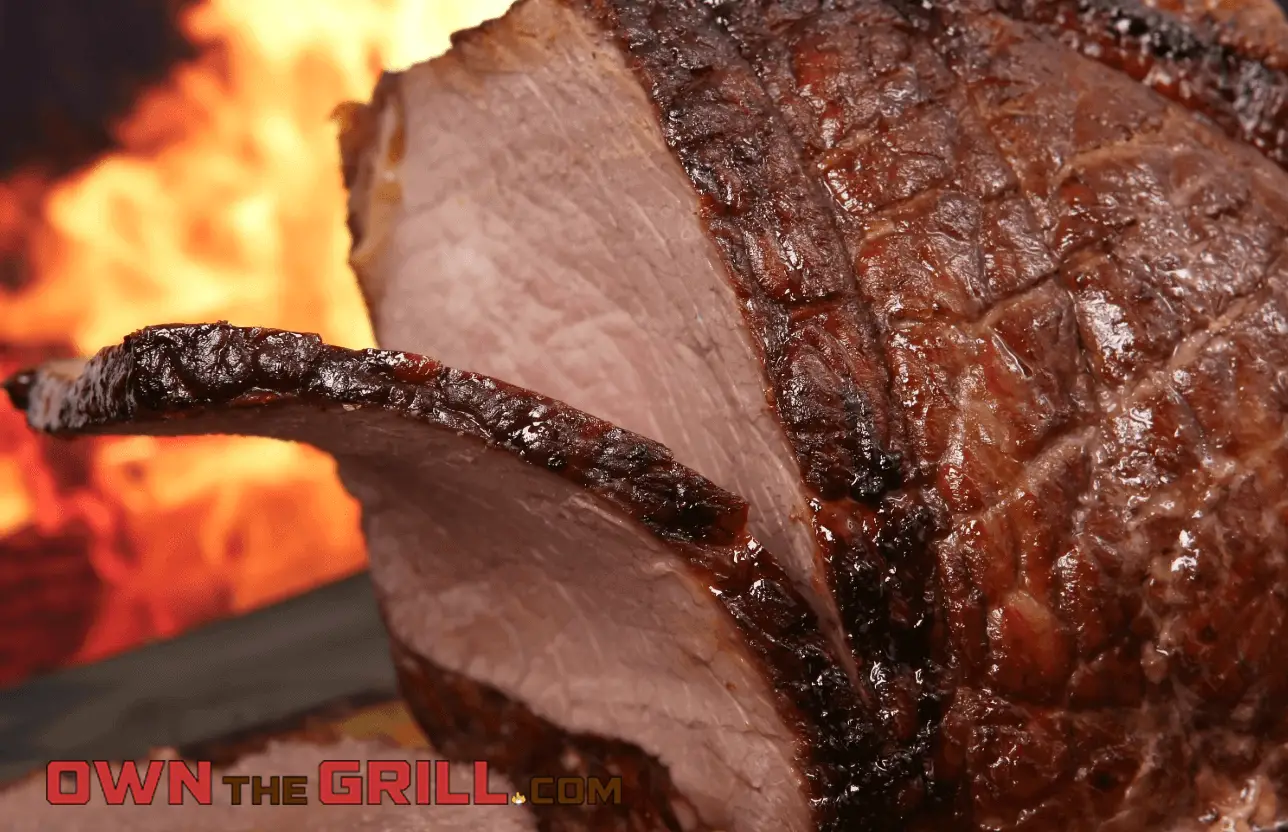This content contains affiliate links. If you make a purchase after clicking a link on this page, we might receive a commission at no cost to you.
If you’re on looking to grill the perfect chicken and create some happy stomachs, you might be wondering just how long to grill chicken for the best results.
You definitely don’t want to overcook it and be left with a charred, chewy hunk. On the other hand, undercooking it is definitely worse and can lead to some serious food poisoning or a salmonella infection.
How long to grill your chicken depends on a few different factors – most notably, the size of your chicken, which cut you’re working with, and how hot your grill is running.
In this article, we’ve created a complete guide for you to know exactly how long your chicken needs to stay on the grill. We’ll go over all of the different parts of the chicken, how long you should grill them, and pass along our recommendations for grilling temperatures and times.
Cooking Chicken Safely
First and foremost, the reason you should know how long to grill chicken has to do with safety.
We already mentioned that undercooking chicken can cause some serious problems – but how do you know when chicken is done and safe to eat?
Also, you want to make sure you’ve safely thawed your chicken if it was frozen beforehand. If you have any doubt on how to do this, check out our guide on how to defrost chicken here.
Recommended: Pick Up a Probe Thermometer
The only surefire way to know your chicken (or any food for that matter) is cooked all the way through is to measure the internal temperature of the chicken piece at the center point of the thickest section of the meat.
Don’t get me wrong, I’ve eyeballed it myself when I’m in a hurry or just cooking a thin chicken breast on the grill. But I wouldn’t necessarily recommend that method – with a probe thermometer you can know with 100% certainty that your food is safe to eat.
Especially if you are new to grilling or cooking chicken, I highly recommend acquiring a probe thermometer. It’s a handy tool to have around the kitchen and the grill for chicken and many other types of meat.
With 165 feet of range and a dual sensor probe, it doesn't get much easier or more accurate than the Meater Plus.
Safe Internal Temperature for Chicken
When it comes to chicken doneness, the USDA advises that you cook chicken to an internal temperature of 165°F before consumption.
There really isn’t any wiggle room there either – you’ll really want to make sure your chicken has been finished to an internal temperature of 165°F, minimum. For some chicken pieces (like legs and thighs), the ideal temperature to remove from your grill is a little bit higher – but at the very least you’ll know they’re safe to eat after reaching 165°F.
If you have fresh chicken, some visual indicators exist that will let you know that your chicken is safe to eat. The chicken will be cooked through, with no pink at the center, and the juices will be clear when you cut into your meat.
It’s ok to use the visual indicators, especially if your chicken is fresh, but we’d still always recommend measuring internal temperature to determine doneness.
How Long to Grill Different Types of Chicken
I mentioned at the beginning of this article that the answer for how long to grill chicken depends on a couple of main factors. Which type of chicken you’re cooking and how hot your grill is running.
The chicken piece, how thick it is, and whether or not there are bones inside of it all make a difference for your cooking time. Similarly, the heat of your grill matters – cooking your chicken on too hot of a temperature can lead to burnt skin and an undercooked inside.
Here we’ve created a guide on average times for how long to cook different types of chicken – and which temperatures you should use for each.
Chicken Breast
Chicken breast is one of the most common and popular cuts to throw on the grill. Place the breast on a bun for a chicken sandwich or slice it up and serve over a salad.
For boneless, skinless chicken breast, preheat your grill to 350°F and cook for about 12 to 15 minutes total. Place the chicken on your grates directly over the heat. Flip the chicken breast about after about 5 to 6 minutes.
Bone-in breast with the skin on will likely take closer to 25 minutes to finish – and you’ll need a two zone set up on your grill. You want to be extra careful to not burn the skin here, so the best way to do it is grill over direct heat for the first 12 minutes, flipping halfway through. By then, the skin should be crispy – from there, move the chicken to the indirect side to finish off for the last 12-13 minutes of the cook.
Chicken Wings
With chicken wings, the end goal is tasty insides and a nice, crispy skin on the outside of the wing.
The way to accomplish this is to preheat your grill to 350°F-375°F, and plan on cooking them for about 22-25 minutes.
Place all of your chicken wings on the grill grate and begin your cook. Every 4 minutes, turn the wings to ensure that each side gets crispy and browned evenly. It’s an active process to grill chicken wings to ensure that none of the skin gets over charred.
Starting at about the 18 minute mark of total time with wings on the grill, insert your thermometer to measure the internal temperature of the wings. They’re ready to come off the grill after they reach 165°F.
Check Out Our Wing Recipes:
Chicken Leg Quarters
Chicken leg quarters have big bones and feature a thigh and a drumstick. A lot of meat and a lot of thick bone equals more cooking time on the grill.
Not only that, the ideal internal temperature of leg quarters is closer to 180°F. They are safe to eat after reaching 165°F, but since there is dark meat the chicken will taste much better and will be more tender if you cook until it reaches 180°F.
You’ll want to set your grill temperature to 350°F with a two zone set up. Start out with your chicken quarters on the side of the grill without burners on (or on the top rack) to cook for about 30-35 minutes. Flip halfway through.
After the chicken has been on the indirect side for 30-35 minutes, move it over direct heat to finish off. Finish over direct heat for about 5 minutes per side over direct heat, so 10 minutes total.
Chicken Thighs
Similar to cooking chicken quarters, you’ll want to cook chicken thighs to an internal temperature of 180°F. There are two ways you can go about it.
First, you could cook them almost exactly the same way you’d cook quarters. That is, preheat your grill to 350°F and cook with indirect heat for about 30 minutes, flipping halfway through. Then finish over direct heat for about 5 minutes per side, 10 minutes total.
For a lower temperature alternative, check out our smoked chicken thighs recipe.
Drumsticks
Chicken drumsticks are cooked the exact same way as chicken thighs. Aim for an internal temperature of 180°F. You can choose between the indirect/direct heat combo or a roast style where you cook over high heat and turn the drumstick every couple of minutes.
Whole Chicken
Most whole chickens will weigh between 5 and 7 pounds and will take about 1 1/2 to 2 hours to cook completely. It’s a larger cut to work with than any of the individual pieces – so the only way to really do it right is with a longer cooking time on lower temperatures.
Preheat your grill to a range of 250°F to 300°F and place the chicken on an indirect heat portion of the grill. After about an hour, start spot checking your chicken’s internal temperature. It’s ready to come off when all of the pieces measure at least 165°F at their thickest, meatiest points.
Check out our beer can chicken recipe if you’re looking for some inspiration for your next grilled whole chicken.
Direct vs Indirect Heat
We’ve mentioned the terms “indirect heat” and “direct heat” quite a few times in the how long to grill chicken conversation. Just in case you aren’t familiar with these terms, here’s a quick rundown.
When grilling, one of the most useful ways to set up your grill is with two zone heat – which can be done no matter which type of grill you have. Essentially what this means is that you create heat on only one side of your grill (the direct heat side). The other half of your grill will still get warm and cook your food, but your food won’t be cooking over a direct flame. On the indirect heat side, your food cooks evenly in almost a convection style cooking environment.
So if you have a gas grill, you can create two temperature zones by only turning half of your burners on. Alternatively, charcoal grillers can create two temperature zones by siloing your charcoal fire to one side of the grill, leaving the other side open underneath the cooking grates.
Cooking with indirect heat is especially useful for grilling chicken that has skin still attached to it. Cooking skin over direct heat can lead to over charring if you don’t turn the meat frequently. When you cook on the indirect side of the grill, your chicken can cook evenly without having to worry about your skin getting burnt by a direct heat source.
How Long to Grill Chicken Per Pound
You know by now that the answer for how long to grill chicken doesn’t have so much to do with time on the grill per se. It’s more about how long it takes for the chicken to reach a safe internal temperature.
However, if you’re looking for a quick rule of thumb – plan to grill chicken for about 20 to 25 minutes per pound.
Of course the actual cooking time can vary based on which chicken piece you’re cooking, if it has bones, and how hot your grill is. But if you’re looking for a quick estimate just to help you plan out your meal prep, then grilling for 20 to 25 minutes per pound of chicken is a good estimation.
What Happens if You Cook Chicken Too Long?
We’ve covered pretty extensively that undercooking chicken is bad news, but what happens if you cook it too long?
The good news with overcooking chicken is that you aren’t going to put anybody’s life in danger.
The bad news? Overcooking your chicken will probably lead to some unhappy taste buds and potentially some friends and family questioning your grilling prowess. When chicken is over done, it can be tough, dry, and chewy – or worse, charred and burnt.
Other Factors That Affect Chicken Cooking Time
Chicken type, thickness, bone density, and grill heat all greatly affect your cooking time, but are there any other factors to consider for how long to grill chicken?
Using a wet brine or marinade will likely increase the cooking time of your chicken by at least a few minutes. This is because it will take a little bit longer for the skin or outside of the chicken to brown and crisp. Dry rubs or seasonings on the other hand won’t affect your cooking times.
The other way you can reduce your cooking time is to cut your chicken into smaller sizes. It won’t work for all pieces, especially bone-in chicken parts, but if you have chicken breast for example you could cut down your grilling time by slicing it into thinner or smaller sections.
Final Thoughts
If you came in wondering how long to grill chicken, I hope you found your answer in this resource. Grilled chicken is a bona fide classic and sure to please many appetites, and I hope you’re now well on your way to delivering tasty food.
What’s your favorite type of chicken to grill? Disagree with any of our suggestions? We’d love to hear from you in the comments section below.


